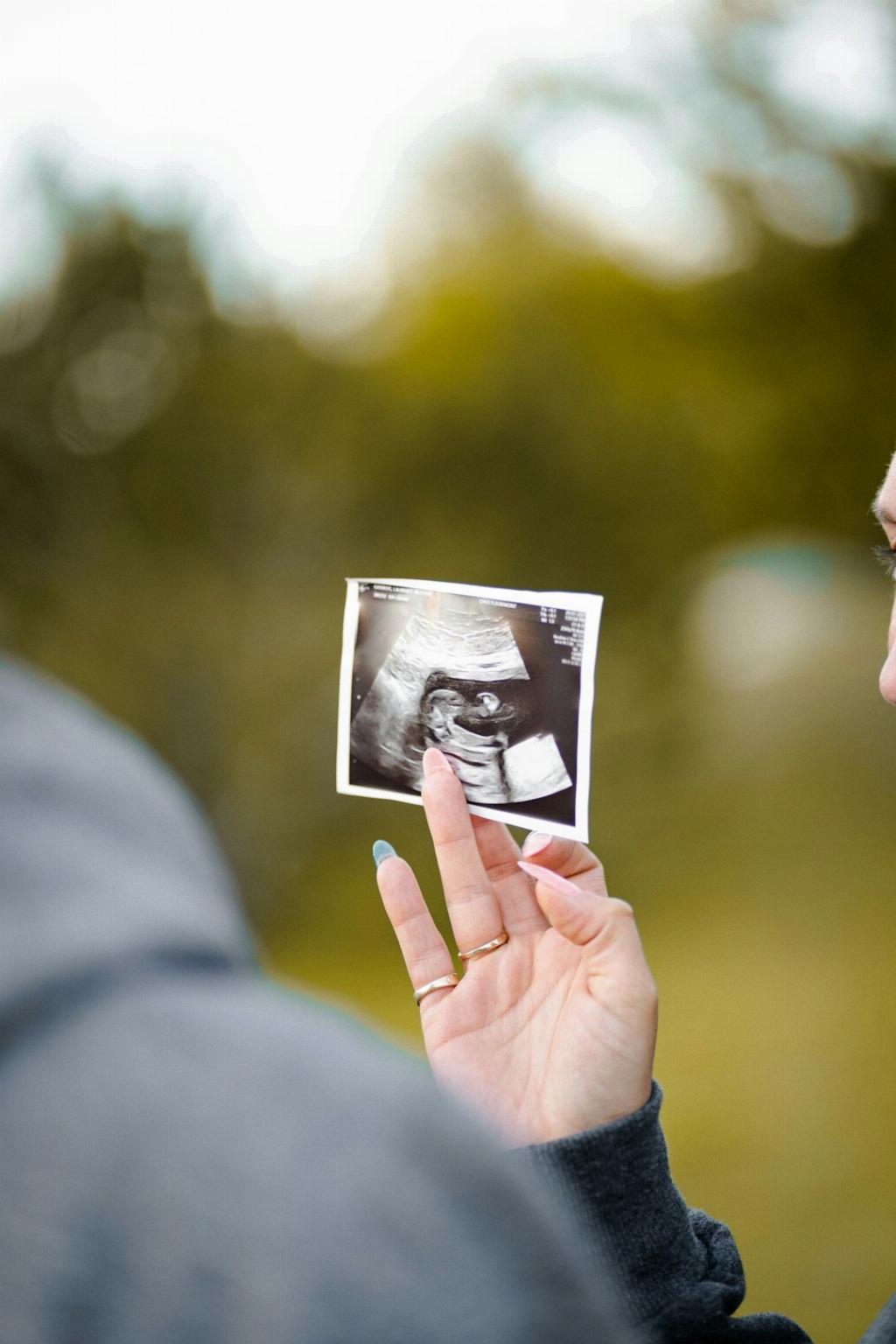When looking at pregnancy tests, one of the crucial factors to consider is their sensitivity in detecting the hormone human chorionic gonadotropin (HCG) in urine. HCG is produced by the placenta after the fertilized egg attaches to the uterine lining, making it an early indicator of pregnancy. The lower the amount of HCG a test can detect, the earlier it can potentially detect a pregnancy.
Difference in Sensitivity Levels
Most standard pregnancy tests on the market have a sensitivity of 20, 25, or 50mIU (milli-International Units). Tests with a sensitivity of 20mIU can detect lower levels of HCG earlier in the pregnancy than those with higher sensitivity levels. However, the 10mIU SurePredict(TM) tests are among the most sensitive available urine pregnancy tests, detecting pregnancy at even lower HCG levels.
Benefits of Highly Sensitive Tests
Opting for a highly sensitive pregnancy test like the 10mIU SurePredict(TM) can provide several advantages. These tests have the potential to detect very early pregnancies, sometimes even before a missed period. This early detection can offer peace of mind to individuals trying to conceive or those who suspect they might be pregnant.
Enhanced Early Detection
The ability to detect pregnancy at lower HCG levels means that highly sensitive tests can provide earlier results, allowing individuals to begin prenatal care and make important lifestyle changes sooner. Early detection can also help in avoiding potential risks to the pregnancy by identifying issues at an earlier stage.
Accuracy and Reliability
Highly sensitive pregnancy tests are designed to provide accurate and reliable results. By detecting pregnancy at lower HCG levels, these tests minimize the chances of false negatives, ensuring that individuals receive correct information about their pregnancy status without unnecessary confusion or uncertainty.
Increased Confidence in Results
With a pregnancy test that can detect pregnancy at low HCG levels, individuals can have increased confidence in the results they receive. The certainty provided by an early and accurate positive result can help individuals make informed decisions about their next steps regarding their pregnancy.
Availability and Convenience
Despite their high sensitivity, tests like the 10mIU SurePredict(TM) are widely available and easy to use. Many sensitive tests come with detailed instructions, making it simple for individuals to perform the test correctly in the comfort of their own homes. This accessibility and convenience contribute to the popularity of highly sensitive tests.
Considerations Before Testing
Before choosing a pregnancy test, it’s essential to consider factors such as the test’s sensitivity, accuracy, ease of use, and cost. Understanding the benefits of highly sensitive tests like the 10mIU SurePredict(TM) can help individuals make an informed decision that suits their specific needs and preferences.
Consulting Healthcare Professionals
While home pregnancy tests can provide valuable information, consulting healthcare professionals for confirmation and further guidance is recommended, especially in cases of uncertainty or conflicting results. Healthcare providers can offer additional tests and support to ensure the best possible outcome for the individual and their pregnancy.
Conclusion
In conclusion, when considering which pregnancy test detects the lowest amount of HCG, tests with a sensitivity of 10mIU, such as the SurePredict(TM) tests, stand out as some of the most sensitive options available. These tests offer early detection, accuracy, reliability, and convenience, giving individuals the confidence and assurance they need when taking an important step towards confirming their pregnancy.

